Boston Children's Museum
308 Congress Street, Boston, MA 02210
617-426-6500
© Boston Children’s Museum 2025
Website Design by Jackrabbit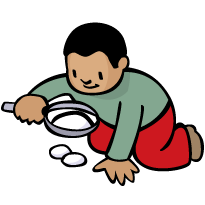
Spring is a time of rebirth and renewal—and eggs! Many animals lay and incubate eggs in the spring, and in some cultures spring is a time in which kids paint, hide and eat lots of eggs. This makes it a great time to not only take a close look at eggs, but also to experiment with some of the things we can do with them. This activity is part of the Incredible Egg series of activities, which are designed to be done during the Spring—start your students off with this and other “egg science” activities, then move on to egg art, and finally take the Egg Drop Challenge!
VIEW ACTIVITY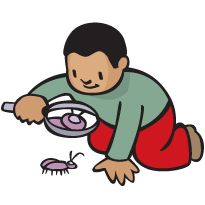
The goal of Thing-Go Bingo is to have young detectives observe closely, look longer, make predictions and record their findings. This activity not only focuses on observing local environments and data collection, but also provides a chance for your students to build other skills like pattern recognition, problem solving, and communicating.
VIEW ACTIVITY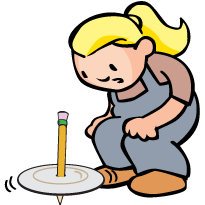
Building and perfecting their own spinning tops provides a great opportunity for children to develop the kinds of skills that are so important in engineering and science discovery—problem solving, estimating, observing and more. In addition, this activity offers kids a chance to learn more about variables—things you can change in a design or an experiment that will change the outcome of that experiment. For more on variables, see Suggestions.
VIEW ACTIVITY
With all of the expertise your students have gained working with tops, there is one more variable for them to experiment with—the weight of their tops. Will heavier or lighter tops spin longer? Only time (and some serious top-making) will tell!
VIEW ACTIVITY
Now that your students have experimented with some of the basic design elements of homemade tops, they can play around with a new variable — the width of the plate used to make their tops. Will a top made with a wider plate spin longer, not as long or the same amount of time as a narrower top?
VIEW ACTIVITY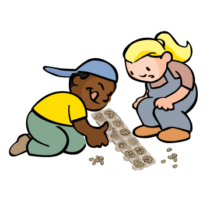
Cultural understanding is easier for children when it is grounded in commonalities. By learning and playing games that children in different cultures also play, kids can come to discover that people from different parts of the world are not as different as they might think.
VIEW ACTIVITY
Providing a context to an activity can help to give it significantly more meaning for children. Before doing the Ayo activity, read this story to children and learn a little more about the different ways of playing, and who usually plays Ayo in Nigeria.
VIEW ACTIVITY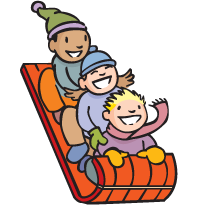
Children get too few chances to experiment with materials and to design and build objects of their own creation. These Raceways and Roller Coasters activities allow your students these opportunities, and engage them on many different levels as well. Building these tracks and rolling marbles down them help children to develop problem-solving and teamwork skills and touch upon some basic principles of physics like energy, acceleration and momentum.
VIEW ACTIVITY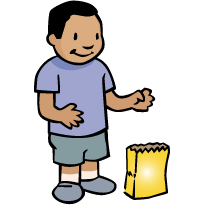
Understanding basic circuits comes from experience, and many children haven’t had that experience. But once your students have mastered the basics of lighting a light bulb with a battery, there are limitless possibilities to the kinds of investigations they can engage in. This activity expands your students’ investigations by focusing on new ways of wiring and introducing a holiday tradition from the Southwest U.S.
VIEW ACTIVITY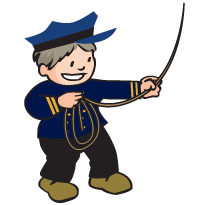
Storytelling encourages creative writing and practice of written language. It also helps children learn how to write clear sentences that develop a central idea, and how to be thoughtful about the audience and purpose of written material. And because this activity requires teamwork, children will have to clearly describe their ideas and synthesize them with their peers’ thoughts. This activity also gives children a chance to practice specific vocabulary, brainstorming and writing dialogue.
VIEW ACTIVITY